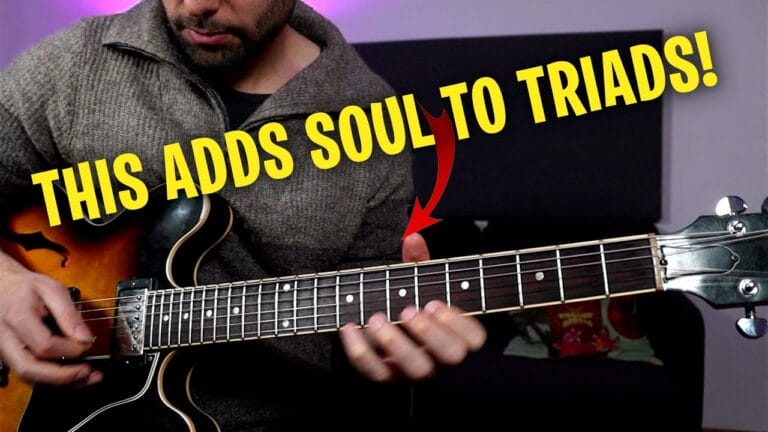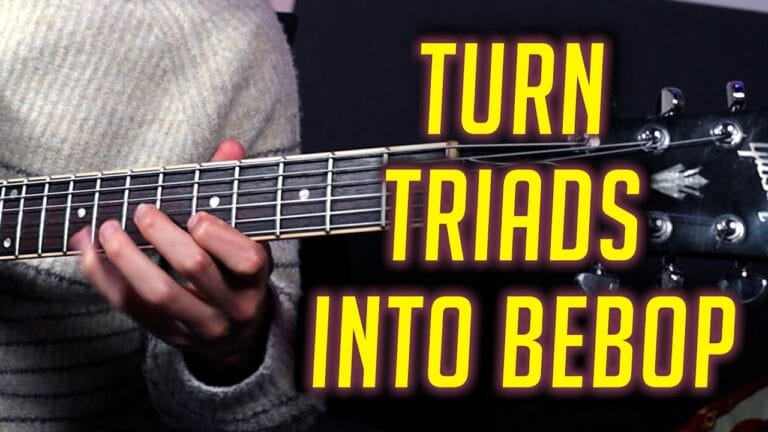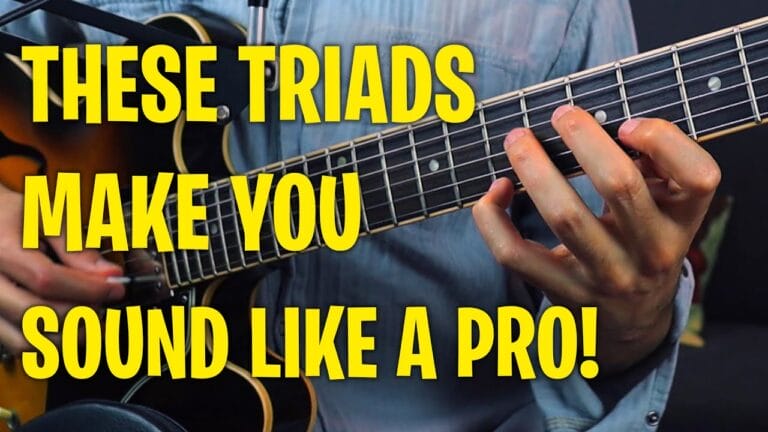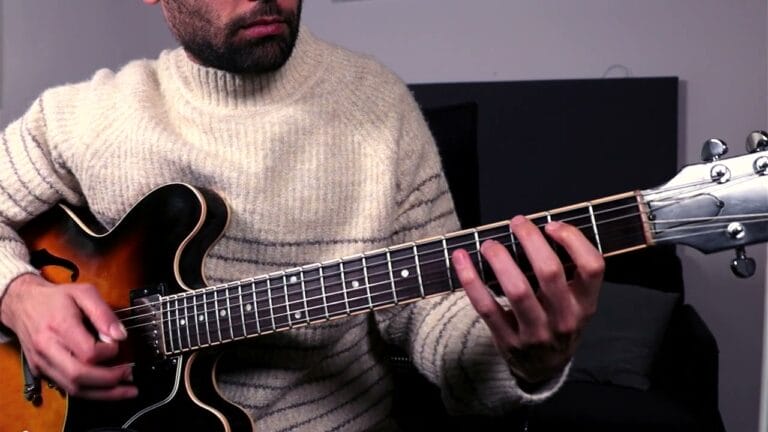5 Tips To Improve your Minor Chords: Pentatonics, Tensions, and Modern Tricks
Fresh ideas to spice up your minor chord improvisation
Discover minor chord improvisation techniques that you can add to your playing right away.
To start with, the pentatonic scale is a popular choice when playing over a minor chord. It’s a simple but effective tool to create melodies and motifs. You can try to milk some sounds and motives out of it and then move on to the next idea.
Another trick that you can use to add tension to your lines is to play an altered chord over the V chord. For example, if you’re in the key of C minor, the V chord is G, so you can play a G altered chord. This will give you a beautiful tension sound. The altered scale is the seventh mode of the melodic minor scale, which means that G altered is a flat melodic minor. You can learn more about melodic minor inside my Melodic Minor course.
You can also resolve the tension by playing a 5-1 resolution within your line, even though the vamp is just minor. This adds a sense of resolution to your lines.

Another simple trick to add some variation to your playing is to play whatever you want to play up a half step. For example, if you have a pentatonic phrase, you can play it up a half step and then move and phrase around those two pentatonics. You can also move below the root note to create some interesting melodic lines.
In summary, these are some of the techniques that you can use to improve your minor chord improvisation:
- Use the pentatonic scale to create melodies and motifs
- Play an altered chord over the V chord to add tension
- Resolve the tension with a 5-1 resolution
- Play your phrases up a half step to create variation
- Move below the root note to create interesting melodic lines
Try to incorporate these ideas into your playing and see how they can enhance your minor chord improvisation. Don’t forget to check out my Melodic Minor course if you want to learn more about this versatile scale and how to use it in your playing.





















